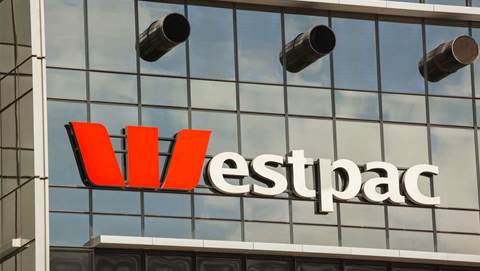Australia’s three core electoral IT systems will be replaced by a series of modular solutions likely to be hosted in a protected-level Azure environment under the next stage of a once-in-a-generation upgrade aimed at reducing cyber security and integrity risks.
As the threat of election interference continues to grow, the Australian Electoral Commission on Thursday issued a request for information for tranche two of the long-overdue election systems modernisation program, known as ‘Indigo’.
It comes almost four years after the agency first revealed plans for the overhaul of its 30-year-old IT systems, and two years since the federal government set aside an initial $96.7 million to kickstart the work.
Efforts to date have been focused on building “foundational” infrastructure capabilities, including a new supply chain management platform and enterprise service management platform, under tranche one.
Accenture and Canberra-based IT service management provider Epicon were brought on board to deliver the capabilities in March at a cost of $58.3 million, with delivery expected by the end of June 2023.
Under tranche two, the AEC is now looking to replace the three core systems that support election management, including the roll management system (RMANS) and the general enrolment election support information system (GENESIS).
Consisting of seven subsystems, RMANS is an inward-facing mainframe application built on Abadas/Natural that is used to “support the management of the electoral roll and storage of enrolled citizens”.
GENESIS, meanwhile, is an inward facing application built using Java/SQ that supports RMANS in a master-slave relationship by providing “work management and correspondence management functionality”.
RMANS consists of 5000 screens and contains more than 670 million records in a 46 terabyte database, while GENESIS contains 1.5 billion records in a 1.6 terabyte database. Both systems have been developed internally and are not “available through commercial-off-the-shelf-products”.
The election management system (ELMS), which “manages the mission critical aspects of election management” through eight subsystems built on Ingres $GL technology, will also be replaced under tranche two.
According to the RFI, RMANS and ELMS are “increasingly unable to be maintained and sustained due to technical resource constraints”, with the hard coded systems presenting “increasing technical risk (operational and security)” and limited opportunity for automation.
Having already “consolidated development around the Microsoft technology stack and away from the Java stack” in tranche one, AEC is planning to transition the core systems to modular solutions, and possibly to a protected-level Azure platform.
Tranche two will consist of seven work packages, starting with foundational data governance, management and analytics, electoral product generation, and distribution and electoral management.
Future packages would cover, electoral roll management, elections management planning, candidate management and elections management delivery, though the AEC is open to “different work package models and sequences”.
The elections management planning package has been labelled “high complexity”, while the electoral roll management and electoral product generation and distribution packages are “medium to high complexity” and “medium complexity”, respectively.
As part of electoral roll management package, the AEC is also exploring allowing citizens to enrol and update their enrolment using the GovDXP platform that underpins the new myGov, and seeks costing on the “development of forms within a secure portal”.
The AEC is hoping tranche two of the election system modernisation will result in “enhanced electoral roll and election integrity”, including by protecting electoral data from threats and vulnerabilities, and improving usability for staff.
At the end of tranche two, the agency is planning to decommission RMANS, GENESIS and ELMS, as well as several other systems used for online enrolment and postal voting, as part of a future tranche three.
The AEC will hold an industry briefing on August 15.




.jpg&h=140&w=231&c=1&s=0)





















